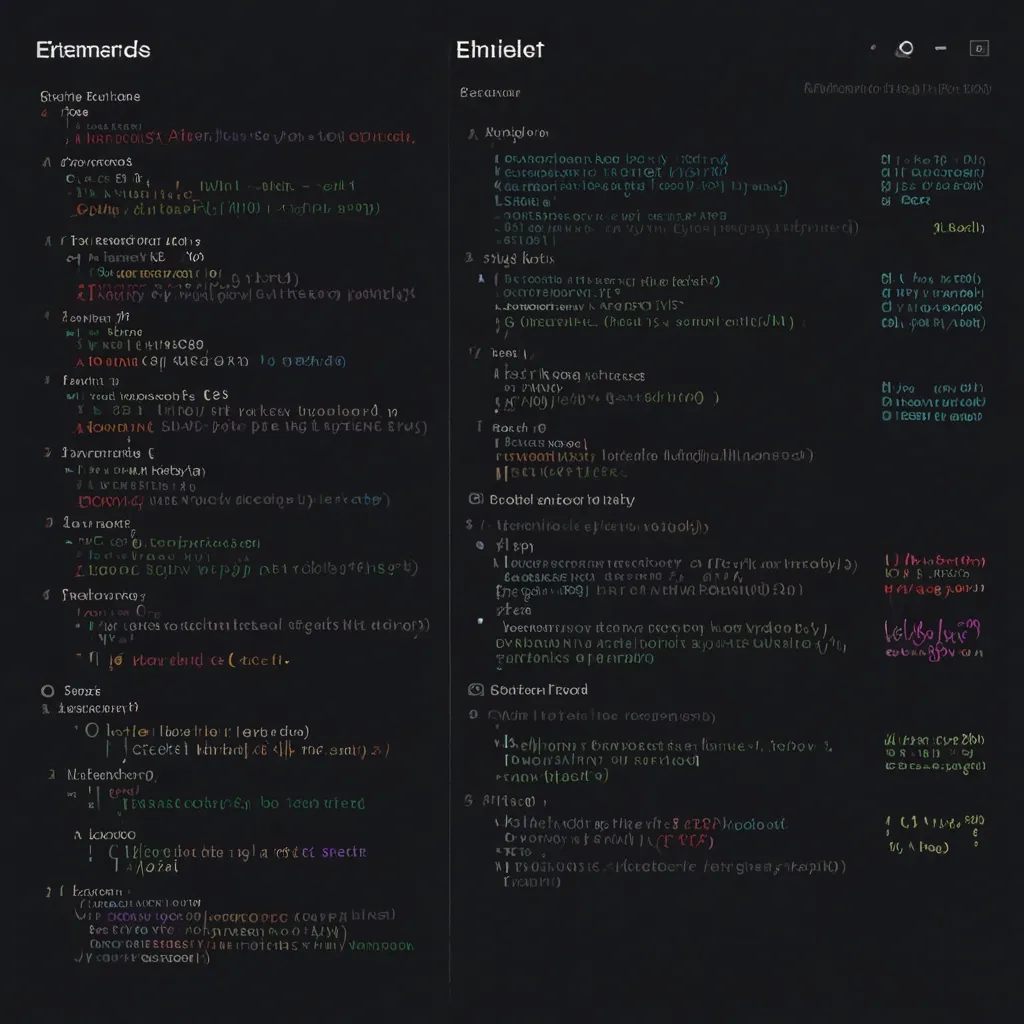The Power of JavaScript in Game Development
When people usually think about game development, they often picture heavy-duty languages like C++ or Java. But guess what? JavaScript has quietly been carving its own niche in the world of game development. With some powerful libraries like Phaser and Three.js, JavaScript is fast becoming a top choice for developers eager to create engrossing, interactive games.
The Appeal of JavaScript
JavaScript is that versatile language you can’t ignore. One huge perk is its capability to run directly in web browsers. This makes it perfect for online games that require no downloads or installations. Because of this multipurpose nature, your game can easily be played across different devices—from desktops to mobile phones, reaching a vast audience.
Another super cool advantage of JavaScript is its simplicity and its speedy development cycle. Unlike other compiled languages, with JavaScript, you see changes almost instantly. This instant feedback is pure gold when you’re iterating and testing stages of your game.
Essential Libraries for Game Development
Phaser
If you’re into developing HTML5 2D games, Phaser is a name you’ll want to know. It effectively uses WebGL and Canvas to create high-performance games that run smoothly on PCs and mobiles alike. Phaser is famed for its simplicity and comprehensive toolset, making it a hit among developers of all stripes. It offers easy-to-modify features like game environment management, material handling, and rendering.
Imagine you’re building a 2D space shooter game. Phaser has everything you need, from managing game logic and user input to rendering graphics efficiently. Plus, its active developer community and treasure trove of resources make it a fantastic pick for both rookies and seasoned coders.
Three.js
Three.js is your go-to library for 3D graphics in the browser, thanks to WebGL. It comes with a flexible, easy-to-use API that lets developers build anything from simple 3D shapes to complex scenes with realistic lighting. Three.js is a powerhouse not just in game development but also in visualization projects. Its ability to gel well with other JavaScript libraries allows for seamless integration into existing projects.
Picture creating a 3D game where players roam a virtual world. With Three.js, you can set up 3D models, animate characters, and add interactive elements like cameras and lighting effects. With robust tools and a supportive community, bringing your 3D game ideas to life is easier than you’d think.
Pixi.js
Pixi.js is another champ of a library focused on 2D rendering. Not only is it swift and lightweight, but it also supports both WebGL and Canvas, delivering high-performance rendering while being extremely easy to use. Often, it’s used alongside libraries like Phaser or Three.js to enhance 2D elements within games.
For instance, if you’re designing a 2D platformer, Pixi.js can help manage sprites, text, and particle effects. Its speed and user-friendliness make it a top choice for anyone diving into 2D game development.
Making a Game with JavaScript
Creating a game using JavaScript involves various steps, from brainstorming to deployment. Here’s a quick rundown of the process:
Game Planning
Before you start coding away, it’s crucial to have a clear idea of what your game will be. Define your game concept, story, rules, and technical specs. Solid planning keeps you focused and ensures your game aligns with your vision.
Setting Up the Environment
To kick things off, you’ll need some basic tools: a code editor like Visual Studio Code, a web browser for testing, and Node.js for certain technical tasks. Select a game-making library or framework that fits your project’s needs, be it Phaser, Pixi.js, or Three.js.
Developing Game Components
Once your environment is set up, you can start building your game piece by piece. Initializing the game with objects, sound effects, and other essentials comes first. Then, implement the game loop to handle user input and update the game state and the render loop to display everything on screen.
Take a simple 2D game like Arkanoid. You’d set up the game board, ball, and paddles. Then you’d implement the game logic to handle collisions, scoring, and user input. Lastly, you’d create the render loop to draw everything smoothly on the screen.
Optimization and Deployment
To ensure seamless gameplay, optimization is key. This involves minimizing code, efficiently loading assets, and ensuring responsive controls. Once ready, you can deploy your game across various platforms like web browsers and mobile devices. Consider monetization options like ads, in-game purchases, or subscriptions.
Handy Resources
There’s a plethora of resources to jumpstart your journey into JavaScript game development. Sites like CodeSandbox offer mini-examples of games like Space Shooter, Arkanoid, and Ping Pong, all built using JavaScript libraries.
You can also explore communities like the HTML5 Game Devs Forum and js13kgames.com. They are goldmines of information, tutorials, and examples that are super helpful for honing your skills and staying abreast of the latest trends in JavaScript game development.
Wrapping Up
JavaScript is a dynamic tool for game development, brimming with unique advantages. Libraries like Phaser, Pixi.js, and Three.js enable you to create captivating and interactive games that run smoothly across various platforms. Whether you’re leaning towards 2D or 3D game development, JavaScript offers the necessary tools and community support to bring your game ideas to life.
For those new to game development or looking to elevate their skills, JavaScript is genuinely worth a shot. Its ease of use, swift development cycle, and cross-platform capabilities make it an optimal choice for creating games that a wide audience can enjoy. Dive into the world of JavaScript game development today, and you’ll be crafting your own games in no time!






